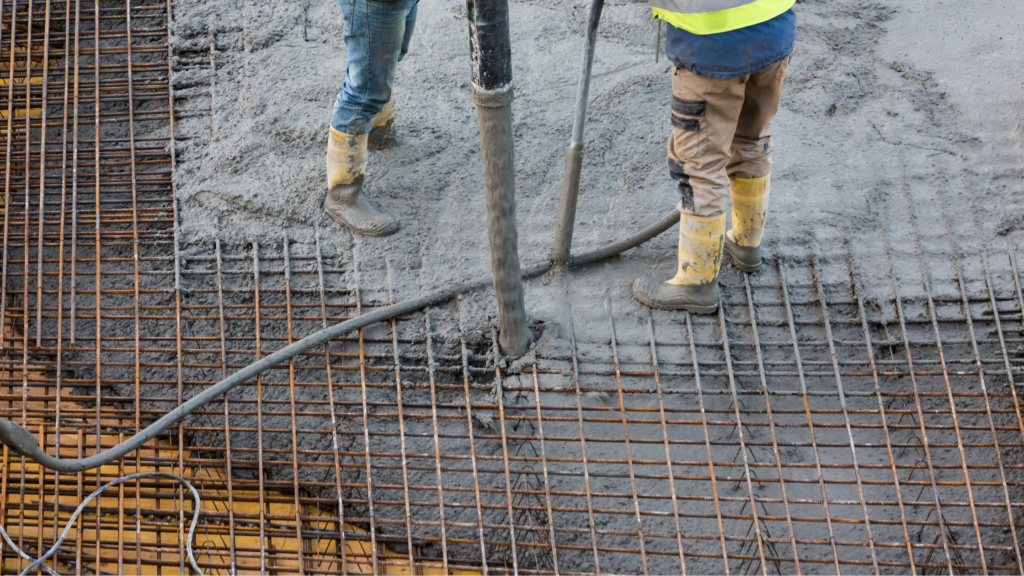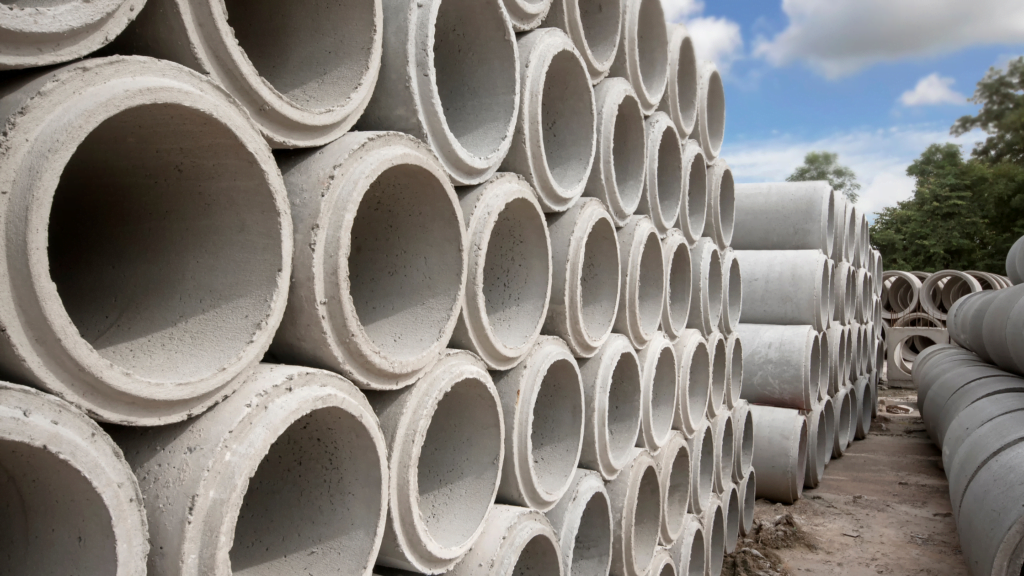Manténgase actualizado
Ingrese un correo para recibir información sobre las más recientes novedades en métodos constructivos y actualidad normativa.
Manténgase actualizado
Ingrese un correo para recibir información sobre las más recientes novedades en métodos constructivos y actualidad normativa.

Fly ash, a byproduct of coal combustion in power plants, represents a paradigm shift from waste to a resource in sustainable construction. Historically, the disposal of fly ash presented significant environmental and economic challenges. Today, it stands as a testament to the potential of industrial byproducts in contributing to environmental sustainability and economic efficiency in the construction sector. This evolution is documented in various EPA reports and industry analyses, providing a narrative of progress and innovation.
Chemical Composition and Classification: Fly ash is predominantly silica, alumina, iron, and calcium. Classified into Class F and Class C based on its chemical makeup—information detailed in ASTM C618 standards—these classes inform the Fly Ash applications in construction. The environmental ramifications of unused fly ash, contrasted with its potential benefits, are well-documented in EPA guidelines and academic studies focusing on sustainable construction materials.
Concrete and Cement: The incorporation of fly ash as a pozzolan in concrete offers improved workability and durability, a claim supported by numerous PCA (Portland Cement Association) documents and manuals. These resources highlight the material’s reduced segregation, increased resistance to chemical attacks, and its role in diminishing the concrete industry’s carbon footprint.

Infrastructure Applications: The use of fly ash in road base and embankments enhances soil stability and strength, with the Federal Highway Administration providing case studies and guidelines on its application in infrastructure projects. These examples serve as a testament to fly ash’s versatility and effectiveness in large-scale construction.
Analysis of fly ash’s cost-effectiveness reveals reduced material costs and extended structural lifespans. Economic evaluations and case studies, possibly found in construction industry reports or sustainability journals, illustrate significant savings in projects employing fly ash. Government incentives for using fly ash, detailed in EPA and DOE (Department of Energy) publications, underscore its financial attractiveness.
Despite its advantages, fly ash’s adoption faces challenges such as variability in quality and public perception. Solutions to these challenges are outlined in ASTM standards for quality control and comprehensive studies on public awareness and acceptance of recycled materials in construction, ensuring a steady supply of high-quality fly ash.
Research into fly ash’s broader applications, including in waste stabilization, metal recovery, and as a precursor to geopolymer concrete, is expanding its potential. References to cutting-edge research articles and industry innovation reports can illuminate these developments, suggesting a promising future for fly ash in promoting sustainable and circular economy practices in construction.
The integration of fly ash into construction practices offers a dual benefit: environmental sustainability and economic efficiency. Advocacy for its use, supported by continued research and regulatory support, is crucial for realizing its full potential. References to authoritative guidelines, industry case studies, and academic research throughout the article underscore the importance of a well-informed approach to adopting fly ash in construction.
This section should list specific documents, such as: